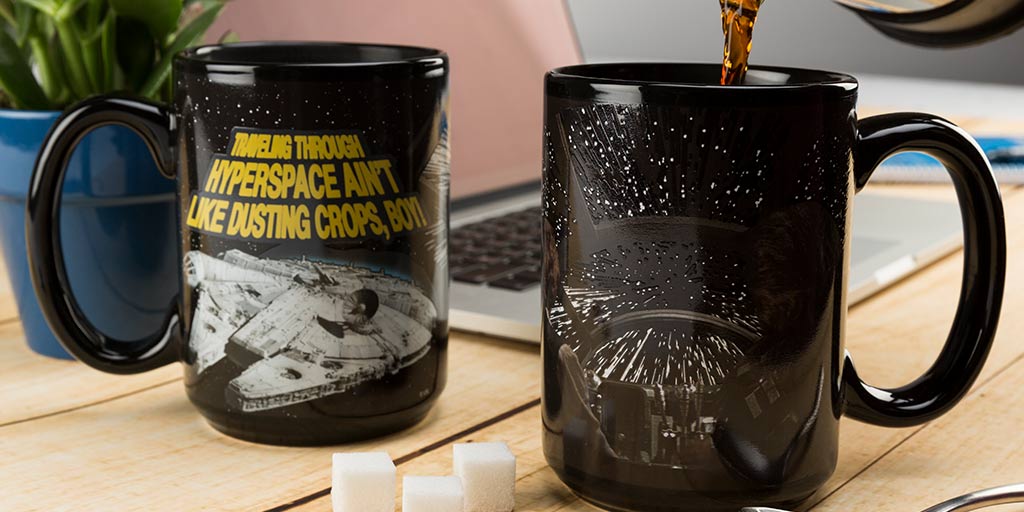Pros and Cons of Popular Brews
Coffee is a growing industry, worth $20 billion in global exports. The average American spends over a thousand dollars annually in coffee shops, and more than 60% of them drink a cup of coffee every day. And with all the attention on this caffeinated drink, it’s no surprise that we’re finding more and more ways to prepare a good cup of joe. In fact, there are so many that it might be a little overwhelming to a casual drinker. If you’re not sure which method of making coffee you should use, we’re breaking down some of the most popular so you can decide which one suits you best.
Let’s start with our baseline, the classic drip brew machine. As the name suggests, hot water drips down onto the coffee grounds, pulled through the filter and into the pot by gravity. These machines became popular in the 1970s, replacing the percolator, and have a wide variety of options for different price ranges. Some have different settings that allow you to personalize the brew to your own taste. It’s easy to use and great for making coffee in bulk.
The manual version of drip coffee is called pour-over coffee: the filter and grounds are placed in a cone, and hot water is poured over it. The main disadvantage is that you do the pouring yourself, and you have to carefully time it so you don’t over- or under-extract the coffee. You also have to pour each cup individually. It’s definitely not as easy as an automatic coffee maker, and it can take a lot of fine-tuning, but there are a few advantages. The pour-over cone itself is simple, cheap, and easy to clean, and a well-made cup of pour-over coffee has a distinctive flavor, brighter and sweeter than a drip brew. If you’d like to try it yourself, Serious Eats has all the details.
The popular French press method involves steeping coffee grounds in hot water, then using a mesh plunger to push the grounds to the bottom of the carafe. The grounds are completely saturated in immersion brewing, and since there’s no paper filter to absorb all the oils, this type of coffee has a fuller flavor. The press itself is self-contained, doesn’t need electricity, and has a very classy look. Unfortunately, while the process sounds simple, French press coffee can be tricky to get right—it might be bitter and over-extracted, or filled with sludgy particulates. James Hoffman has French press instructions that can help you get past the basics.
When it comes to popular coffee drinks, we can’t leave out espresso, which is used in everything from the latte to the Americano. This highly concentrated brew is made by shooting pressurized water through finely ground coffee. The distinctive flavor comes from the oils that make up the top layer of foam. It’s a little more viscous than a cup of drip coffee, and even though it’s more concentrated, a single shot has less total caffeine. Espresso and espresso drinks can be bought on practically every corner, but making them at home is a different story. An espresso machine can run hundreds or thousands of dollars, so it is a bit of an investment.
Another pressurized system is the single-serve coffee machine. It uses prepackaged pods or cups filled with ground coffee, and can produce a mug of coffee in seconds. You don’t have to mess around with filters or coffee grounds, making this system very convenient for a busy lifestyle. You will, however, be missing out on taste: pre-ground coffee loses freshness as the inside of the bean is exposed to air, and the quick cycle prevents ideal extraction time and water temperature. Thrillist has some hacks to get around these issues, but adding that much effort counteracts the advantage of convenience. It’s great if all you need is a quick caffeine fix, but not if you’re a coffee connoisseur.
An alternate option for quick, single-serve coffee, the AeroPress is a device that works similarly to the French press. It’s placed over a cup, and air pressure from the plunger is used to extract the coffee, which takes less than a minute. The result is concentrated like espresso, and has less acidity than drip coffee. Portable and easy to clean, the AeroPress is great for travel, though it doesn’t work as well for serving large groups.
And finally, there’s cold brew coffee. No heat is applied during the brewing process, so the resulting coffee is smooth and sweet, with very low acidity and bitterness. This method is ideal for hot days—the coffee is highly concentrated and starts cold, so you can add ice without diluting all the flavor—but it’s delicious served warm as well. Cold brew coffee is easy to make at home, with no specialized equipment. It does take a little time, but the concentrated brew stores well, so you can prepare a large batch days in advance. This cold brew coffee how-to will get you started:
- Pour coarsely ground coffee and filtered water into a jar – a cup of water for every ounce of coffee
- Stir gently to combine
- Cover and steep for 12-24 hours
- Strain through a fine mesh strainer lined with cheesecloth – do not press or squeeze the grounds
- Store for up to a week refrigerated; serve diluted with water or milk
Hot, cold, quick, or slow, how coffee is brewed makes a big difference in taste and convenience. Not every method is right for every person, but this quick guide can help you figure out what will and won’t work for you. And no matter which you choose, zak! designs has plenty of coffee mugs with all your favorite characters to give a little extra kick to your morning routine.



